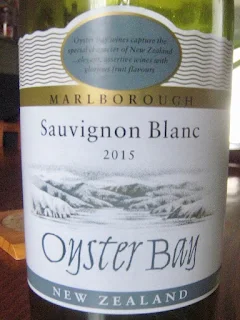During the aging process, wine undergoes several complex chemical and physical changes that contribute to its development and maturation. Here are some of the key transformations that occur:
Oxidation: Oxygen slowly enters the wine through the cork or other closures, leading to gradual oxidation. Controlled oxidation is desirable as it can soften harsh tannins and develop complex flavors and aromas. However, excessive oxidation can be detrimental to the wine.
Polymerization: Tannins present in red wines undergo polymerization over time. This process helps soften the astringency of the tannins and contributes to a smoother mouthfeel.
Flavor Development: The various compounds in wine interact and transform, resulting in the development of new flavors and aromas. Primary fruit flavors may mellow, and secondary and tertiary flavors, such as earthy, nutty, or spicy notes, can emerge.
Structural Changes: As the wine ages, its structure evolves. Tannins, acids, and sugars interact and modify the wine's balance and texture. Tannins can become more integrated, reducing the wine's astringency. Acidity may decrease slightly, and sugars may convert into alcohol or undergo other reactions.
Sediment Formation: During the aging process, some wines develop sediment composed of tannins, pigments, and other compounds that precipitate out of the wine. This sediment is often harmless but should be avoided when pouring.
Aging Vessel Influence: The container in which wine is aged can also impact its development. Wines aged in oak barrels can acquire flavors from the wood, such as vanilla, spice, or toastiness. Stainless steel or concrete vessels may preserve more primary fruit characteristics.
It's important to note that not all wines benefit from long-term aging. While some red wines, such as Bordeaux, Barolo, or aged Rioja, can improve with time, most white wines and many red wines are meant to be enjoyed in their youth. Aging potential varies depending on the wine's structure, acidity, tannin levels, and grape variety.



